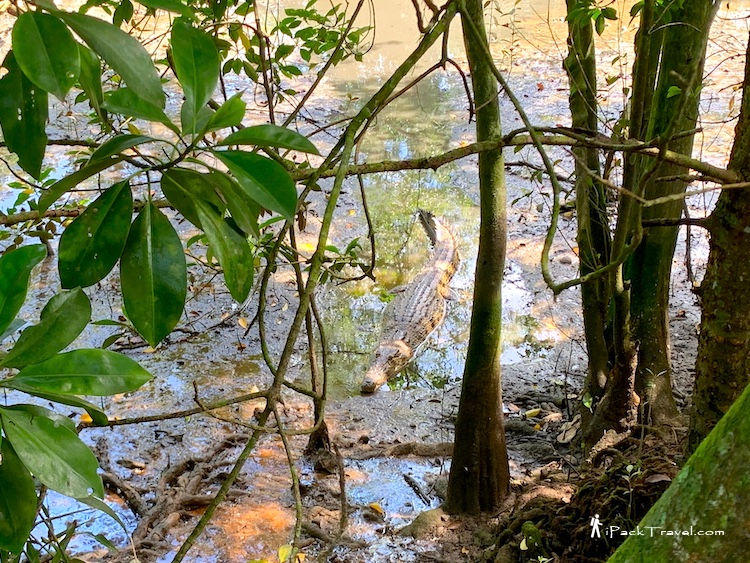4 Iconic, Wild or Rare-to-See Animals in Singapore Nature Parks
- Rick

- Dec 1, 2020
- 3 min read
Updated: Sep 1, 2021

Going to a zoo to see animals in cages are probably no thrills to adventure-seekers. Try finding the list of wild animals below in Singapore's nature parks. Some of them are iconic to the parks they reside in, so don't miss them.
Unlike some online articles that put up a long list of wild animals that you probably are not able to find more than half of them, the wild animals listed here are not very difficult to find. Just follow the reference provided.
Note: Wild animals are protected by the Wildlife Act in Singapore, touch them and you could be fined up to $50,000 or jailed up to 2 years, or both. You will also be fined for feeding them!
1. Oriental Pied Hornbills
The Oriental Pied Hornbills were introduced into Pulau Ubin via a breeding programme in 2009 and they have made the island their home ever since. It started with two adult hornbills but two younger ones were also spotted back in 2017. These are wild birds and free to roam around the island — though not sure if they do fly to the mainland of Singapore and back.
The hornbills have become the icons of Pulau Ubin, so find them. When going around the island, it will be easier to listen for their calls (sound like laughters) which are rather distinctive from other birds.

Similar breeding programme for the Oriental Pied Hornbills was also introduced into Sungei Buloh Wetland Reserve in 2010, though I have not spotted one there yet.
2. Malayan Colugos (a.k.a Flying Lemur)
Two species of colugos are found in the world and they reside in Southeast Asia only. The Malayan colugos, or Sunda colugos, can be found in Thailand, Malaysia, Singapore and Indonesia, while the Philippine colugos can be found in the southern islands of The Philippines. Colugos are commonly known as "flying lemurs" although they glide from tree to tree instead of flying and they are not lemurs.

The terrains of Bukit Timah Hill and tall trees allow the flying lemurs to be spotted easily. So, don't miss the chance to see them when at Bukit Timah Hill.
3. Estuarine Crocodiles
The only species of crocodiles that can be found in the wild in Singapore is the Estuarine Crocodile, or saltwater crocodile. These reptiles usually live in mudflats and river estuaries and that makes Sungei Buloh wetland a perfect living environment for them.
Sungei Buloh Wetland Reserves is supposed to be a safe haven for migratory birds and a great place for bird-watchers and bird photography. But the "occasional" sightings of estuarine crocodiles in the wetland stirred up some interests and attracted "crocodile-hunters" to the mudflats!

I made two trips to the wetland recently to check them out and spotted up to 10 crocs on the last trip in November 2020. To me, the wild estuarine crocodiles are the current in-thing to visit Sungei Buloh Wetland Reserve instead of the herons and storks.
4. Mud Lobsters
Mud Lobsters can be found in the wetlands of Singapore, such as Sungei Buloh Wetland Reserves and Chek Jawa on Pulau Ubin. The lobsters themselves are rarely seen in the open although mud mounds with fresh oozing mud indicate their presence.
I have managed to spot one mud lobster in Chek Jawa (back in 2017) but could only see its claws pushing wet mud out of a new burrow. I had yet to see one in full. Spotting a mud lobster has always been a must when I visit Chek Jawa on Pulau Ubin.

Apart from these rare-to-see wild animals in Singapore, they are other animals like the long-tailed macaques (monkeys), wild boars and Malayan water monitor lizards that are so often sighted in the nature reserves of Singapore. They are too common so I omitted them from this list.



Comments